

? | Home page | Tutorial | Recording




Before anything else, we need to prepare the recording session. We are not going to look for a melody, nor improvise or rehearse... we are going to properly record a song that we have already written. To avoid doing the same things over again each time I wish to record a song, I prepared a blank template which contains all the tracks and buses I need. I may naturally add or delete some elements if the template is not appropriate for the current project.
What does my template look like?
Track-wise:
- Rhythm guitar tracks (from 2 to 8 depending on the project)
- Solo guitar tracks (usually 2 tracks to make the sound thicker)
- Two bass tracks (one with the direct raw sound, and one with an amp simulation)
- Lead vocal tracks (usually one or two tracks, depends if I record it twice or not)
- Background vocals tracks (if the project demands it)
- Keyboard tracks (same thing, the number of virtual instruments will depend on the project, can be none, can be 5 or 6...)
Then we have drum tracks. There is one track per drum element. They are automatically created when I insert my virtual drum plugin:
- Kick drum
- Snare drum
- Low tom
- Medium tom
- High tom
- Hi-hat
- Crash cymbal
- Ride cymbal
- Splash cymbal
- Overhead microphone
- Room Ambiance microphone
- Piezzo microphone
- One MIDI track on which the drum score will be placed.
Bus-wise, I have one group for the guitars, one for the bass, one for the vocals, one for the drums, each of them is redirected towards the Master bus, which goes out throuh my studio monitors. It looks like this:

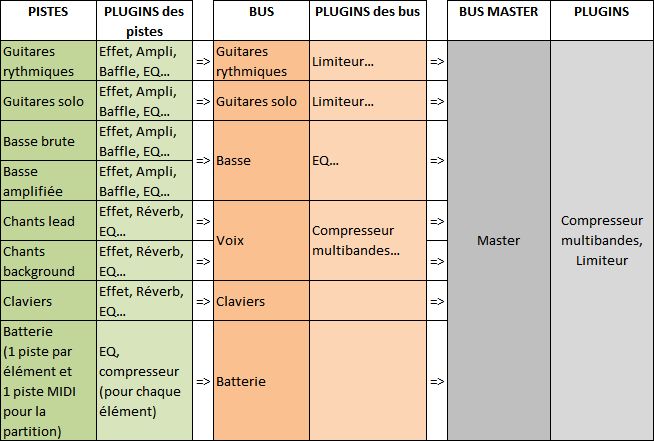





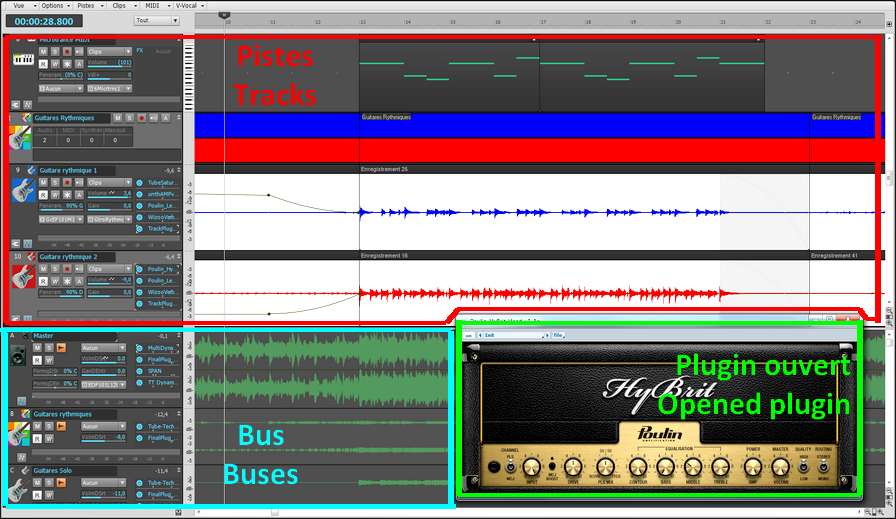


Recording an acoustic real drum kit is far from being easy, even for professional sound engineers. It a time-consuming process, it's frequent to spend several hours placing the microphones around the drum elements before you can actually record. But we are in a home studio, and we will have to deal with a software drum kit, based on midi files...
First of all, why start with the drums? The answer is simple, we will use drums as a metronome. The drums sound will guide us and help us follow the tempo. This will allow for an even recording and the song will not speed up or slow down unintentionally. Of course, variations can be interesting and bring some life to an otherwise mechanical tempo, but let's consider that a studio session seeks recording perfection, even though it's only a home studio.
I usually have no idea what my final drum track will sound like. Actually, I only adjust it when the rest of the song is finished. But I still need its metronome function to record all other instruments. Thus, I create a drum track which repeats itself over and over again, and I try to have this loop match what I am about to play (no punk rhythm to record a ballad). For instance, I'll use one of these patterns:
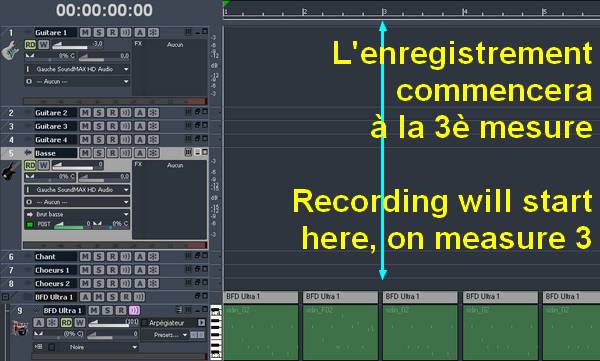

Let's not forget we are recording in a home studio, in an appartment and it is simply impossible to play with a good old 100-watt tube amplifier, without the neigbors calling the police. So we are going to have to record the guitars and the bass directly through the audio interface. No real amplifier, no microphones involved. The latter solution would be preferable, but on of the benefits of direct recording, coupled with amplifier simulators, is that you can always edit the sound later, without having to re-record. Just change the settings and you're done.
So now... bass or guitars first? There isn't one clear answer. Bass and drums are the foundation, the rhythm base of a song and everything else should rely on them. But other factors could also be taken into consideration: for instance, the person recording may be more comfortable with a guitar than a bass, and will rather play guitar first. Or maybe the song has a very important bass riff that compels you to record it first. In any case, you are the one who can decide. If you are uncertain, then the drum / bass duo is a safe bet. If this is in place, then the rest can easily be added.
Guitar or bass, the recording process will be the same. Plug your guitar into the pre-amp, the pre-amp is connected to the audio interface (or plug your guitar directly into the audio interface if using the interface's pre-amp), and set the recording level. This is very important! Before recording anything, check that you are not going to go beyond the maximum level (0 dB, zero decibel). In a home studio, you won't have a sound engineer besides you to make adjustments on the fly, while you are playing. You are the one to take precautions. How can you do that? Simple: try and adjust, it doesn't take long and will prevent you from making a perfect take, then realize the levels were too low or too high, forcing you to do it all over again.
Have a try: for a rhythm guitar for example, play the loudest parts and set the preamp and audio interface volume levels in such way that when you play the loudest, the recording level doesn't go beyond -6 dB. The absolute maximum that you should not reach or go beyond is zero dB. If you play in your try the same way you play during the actual recording, then you can be certain the recording level will be correct. If your average level is between -9 db and -6 dB, then your level is sufficient and you have a margin of error before clipping.
Clipping is the term used to indicate that you reach or go beyond 0 dB. Clipping is your enemy :-)
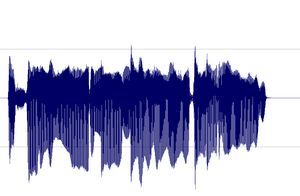
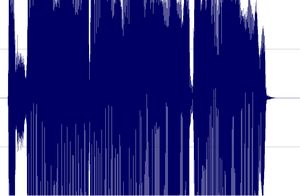
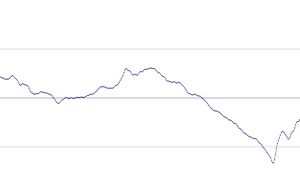
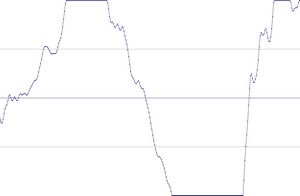

I prefer to record them last but there are no rules. If you prefer to record them first, then do so.
To record vocals, make sure the place is quiet, shut the door, tell the people who live with you to be quiet, and do not record while your neighbor is drilling holes through his kitchen walls! Also, turn off your monitors and use a headset instead to avoid recording the playback with your microphone.
Condenser or dynamic microphones?
Dynamic microphones are solid, they don' need a power source, they can take heavy acoustic pressure (like a kick drum or a saxophone) and they are not too expensive. They are also less sensitive to surrounding noises than condenser microphones. The cons are they lack clarity in the high range, which renders takes less clear and defined than with condenser microphones. They can be used with Jack or XLR plugs.
Condenser microphones are much more responsive and accurate. Their high sensitivity is double-edged, because they will capture any noise when recording. The fans of your PC are noisy? Chances are this noise will be recorded. Sound comes out of your headset? It will be recorded by your condenser microphone. Children are loudly playing outside? You might get that too. However, some condenser microphones are called "cardioid", or "hyper cardioid", and they only record what comes from a specific direction, ignoring (more or less) other sound sources from other directions. On the contrary, omnidirectional microphones record what comes from anywhere. Not ideal for a home studio. Condenser microphones are also more fragile (don't knock them) and must be powered through a "phantom power", whose standard is 48 volts. This kind of power is either present on your audio interface and can be turned on and off with a button, or it will require the use of an external phantom power source that you will then connect to your audio interface. You have to use 3-pin XLR plugs that carry the phantom power current. Finally, condenser microphones are usually rather expensive, some of them cost several thousand euros (or dollars, or pounds), but only professional studios or rich amateurs can afford those. On the plus side, the sound you get with a condenser microphone will have the best quality.
Be cautious though, a good dynamic microphone is worth better than a bad condenser microphone. No big secret here, for microphones like for anything else, very low prices are rarely synonymous with good quality.
A few known and renowned microphone brands: AKG, Milab, Neumann, Rode, Sennheiser, Shure...
Some pieces of advice: buy a microphone stand and a pop filter (you can also make one yourself with wire and a piece of tights from your wife / girlfriend / mother / daughter / neighbor). The stand will prevent you from manually holding your microphone and thus produce handling noises. As for the pop filter, it prevents the air to hit the microphone and produce unwanted blowing sounds when you pronounce some letters such as "p" or "b".
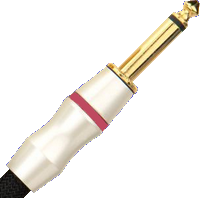
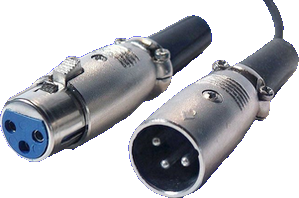
Jack plug (left) and XLR (right)
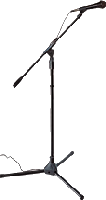


No need to go on and on forever, recording is rather easy. As long as you pay attention to your recording levels and take care over your takes, you should get a satisfying result, good enough to finalize the song

Messages page # 1 2 3 4 5 6 7 8 9 10 11 12 13 14 15 16 17 18 19 20 21 22 23 24 25 26 27 28 29 30 31 32 33 34 35

hammer-on
le 08/04/2011 à 23h10
D'abord merci de partager tes connaissances.
Une question dans ce monde de Rock, existe-t-il des simulateurs et baffles plus dédiés pour les sons clairs, exemple le Jazz Chorus 120 de Roland (style Pat Metheny, Larry Carlton, Carlos Santana).
* * * * * * * * * * * * * * * *
<em>Bonjour,
Content que mon site te soit utile !
En ce qui concerne des simulateurs de têtes ou de baffles qui soient bons en sons clairs, beaucoup des têtes dont je parle ici, que ce soit les simus payantes ou gratuites, proposent plusieurs canaux, comme les vraies têtes. On trouve souvent un canal clair et un ou deux canaux pour la disto. C'est vrai que le canal clair produit souvent un son un peu crunchy s'il est réglé à un volume trop élevé. Pour garder un son vraiment clair, une utilisation du canal clean à un volume moyen, associé à un baffle de bonne qualité (Orange, Soldano, Fender) devrait faire l'affaire.
Les amplis typés Metal donnent en général de beaux sons clairs, mais peut-être un peu froids, tandis que les amplis rock vintage auront tendance à cruncher plus vite mais auront ce petit grain chaleureux en plus.
Dans les amplis gratuits, j'aime énormément le NRR1 de Ignite Amps, très polyvalent. Son canal clair, associé à un baffle Orange par exemple est à mon goût très réussi.
Le Fender Twin de SimulAnalog, gratuit également, est assez ancien mais très réussi et il inclut son propre baffle. C'est une reproduction fidèle (je trouve) du modèle original.
Le Lextac de Lepou est capable de faire de beaux sons clairs également, associé au bon baffle.
Dans les payants, je suis tombé amoureux du Amplifikation Creme de Kuassa. Il n'est pas cher (34 dollars) et il a une palette de sonorités assez vaste. Il inclut même son propre simulateur de baffle qu'on peut bypasser si l'on veut pour utiliser un simulateur de baffle externe. Peut-être pas le meilleur pour les sons vraiment clairs, toutefois.
Après, il y a les Guitar Rig, Amplitube ou mieux encore TH1 (TH2 maintenant) ou Peavey Revalver MK3 qui proposent un nombre impressionnant d'amplis divers et variés, et on peut y trouver de tout, du son clair au Metal le plus extrême, mais c'est pas donné.
Je vais pas être très original, mais le meilleur conseil que je puisse donner, c'est... d'essayer. Il ne faut pas hésiter à prendre un ampli et tourner les boutons dans tous les sens, essayer diverses associations d'amplis et de baffles. Personne ne peut savoir le son que tu as en tête, LE son que tu cherches exactement. Ça prend du temps, moi je n'ai pas non plus toujours le temps ou simplement la patience de prendre 2 heures ou plus à fignoler un son précis, et pourtant, c'est le meilleur moyen d'y arriver.
Les recettes miracle, déjà toutes prêtes, ça n'existe pas.
Bon courage !
Grebz</em>

NickiRage
le 23/02/2011 à 20h39
Salut Grebz !
Je voulais juste savoir, je voudrais vraiment me rapprocher le plus possible du son des Avenged Sevenfold ! Donc je voudrais savoir quel ampli, cabinet etc... et les réglages si tu as le temps bien sûr :)
Je te remercie pour tout le travail que tu fais et tout ce que tu m'as apporté !!
NickiRage
* * * * * * * * * * * * * * * *
<em>Bonjour,
Voilà ce que j'ai pu trouver sur le matos du groupe, mais en ce qui concerne les réglages, je ne vais pas trop pouvoir t'aider :
<a href="http://www.uberproaudio.com/who-plays-what/188-avenged-sevenfold-synyster-gates-guitar-gear-rig-and-equipment" target="_blank">Matériel de Avenged Sevenfold</a>
Surtout qu'ils utilisent non seulement des amplis (bien sûr !) mais aussi pas mal de pédales pour modifier le son. Dans quel ordre et avec quels réglages, c'est dur à dire et j'imagine que ça dépend des chansons. Ils n'ont probablement pas UN seul réglage pour toutes les chansons.
Grebz</em>

Gigi
le 05/02/2011 à 10h14
Bonjour,
Bravo pour ce site qui est clair, sympa et rassurant !
Je suis en train d'installer (moi aussi) un home studio...Novice, j'ai regardé vos recommandations pour l'installation... Je viens d'acheter un Neumann... Bon, maintenant, je suis coincée, car j'ai acheté la Harley des micros, sans avoir bien pensé à son garage, son essence, etc...
Bref, après ce gros achat, je ne sais pas quel ampli et quelle interface audio acheter le moins cher possible (d'occasion sur E-Bay il y a de bonnes affaires)... Mais quelles marques choisir ?
Je peux encore investir, mais le budget est devenu serré...
J'ai lu des tonnes de pages de forum, mais aucun cas n'est comme le mien... qui est aussi bête que moi me direz-vous ? (j'ai le 103 TLM)
Sinon, bonne continuation et vive la Musique !
Gigi
* * * * * * * * * * * * * * * *
<em>
Effectivement, investir dans un Neumann, c'est bien, mais il faut assurer derrière pour garder la cohérence de la chaîne audio. En interface audio, je dirai que les marques RME ou MOTU sont hautement recommandables, on trouve aussi du bon matériel chez M-Audio, Presonus ou Edirol.
(voir cette page sur <a href="http://fr.audiofanzine.com/carte-son-externe/" target="_blank">Audiofanzine</a>)
Pour ce qui est des préamplis, PreSonus propose des préamplis à lampe pas trop chers (modèles BlueTube ou TubePre). Après, les prix peuvent monter en flèche avec d'autres marques comme SPL ou Avalon.
(voir cette page sur Audiofanzine pour les <a href="http://fr.audiofanzine.com/preampli-lampes/" target="_blank">préamplis à lampe</a>, et celle-ci pour les <a href="http://fr.audiofanzine.com/preampli-transistors/" target="_blank">préamplis à transistor</a>)
Grebz</em>
* * * * * * * * * * * * * * * *
Merci de vos conseils, c'est vraiment gentil...
Votre site est vraiment indispensable et je vais suivre vos recommandations pour l'installation. Vous au moins, vous vous exprimez avec un langage clair et donc accessible aux néophytes.
Bonne continuation et vive la Musique !

SolartNow
le 02/02/2011 à 21h01
Bravo pour ce site, c'est du super job, sérieux, pédagogique, intelligent, méthodique, pratique, efficace, compétent, que des "complimentations" révérencieuses...
Je suis conquis Mr Grebz, mes meilleurs voeux pour vos projets... et puisque "qui donne reçoit"... J'espère que tu vas recevoir (ce que tu espères bien sûr !)
Signé un modeste MusicoBricolo : <a href="http://solartnow.c.la/" target="_blanck">SolartNow</a>.

M.M.
le 27/01/2011 à 01h42
Avec quel type de préampli dois-je utiliser un micro royer r121 pour l'optimiser au mieux ?
Ma liste de préamplis : Universal Audio 2610 et (6176), TL Audio vc1, SPL Chanel one, Presonus Digimax.
Merci d'avance.
* * * * * * * * * * * * * * * *
<em>Désolé, je n'en sais rien. Pour des questions sur du matériel spécifique, voyez sur les forums du site <a href="http://fr.audiofanzine.com/" target="_blanck">Audiofanzine</a>. Il y aura soit la réponse à vos questions, soit quelqu'un qui saura.
Pour ma part, je me contente de parler du matériel et des logiciels que je connais et que j'utilise chez moi, dans mon home studio. Pour le reste, ça sort de ma compétence.
Grebz</em>
* * * * * * * * * * * * * * * *
Merci quand même ! Sympa ton site..
